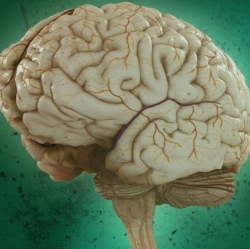
The Journal of Child Psychology and Psychiatry study of 40 girls revealed differences in the structure of areas linked to empathy and emotions. Previous work has found similar results in boys. Experts suggest it may be possible to use scans to spot problems early, then offer social or psychological help.
An estimated five in every 100 teenagers in the UK are classed as having a conduct disorder. It is a psychiatric condition which leads people to behave in aggressive and anti-social ways, and which can increase the risk of mental and physical health problems in adulthood.
Rates have risen significantly among adolescent girls in recent years, while levels in males have remained about the same. In this study, funded by the Wellcome Trust and Medical Research Council, UK and Italian researchers conducted brain scans of 22 teenage girls who had conduct disorder and compared them with scans of 20 who did not.
They also checked the scans against others previously taken of teenage boys with conduct disorder. The team found part of the brain called the amygdala was smaller in the brains of male and female teenagers with conduct disorder than in their peers. The amygdala is involved in picking up whether or not others feel afraid – and plays a role in people feeling fear themselves.
Girls with conduct disorder also had less grey matter in an area of the brain called the insula – linked to emotion and understanding your own emotions. However the same area was larger in boys with conduct disorder than healthy peers, and researchers are not yet sure why that is the case.
The brains of those with the worst behaviour were most different from the norm.
